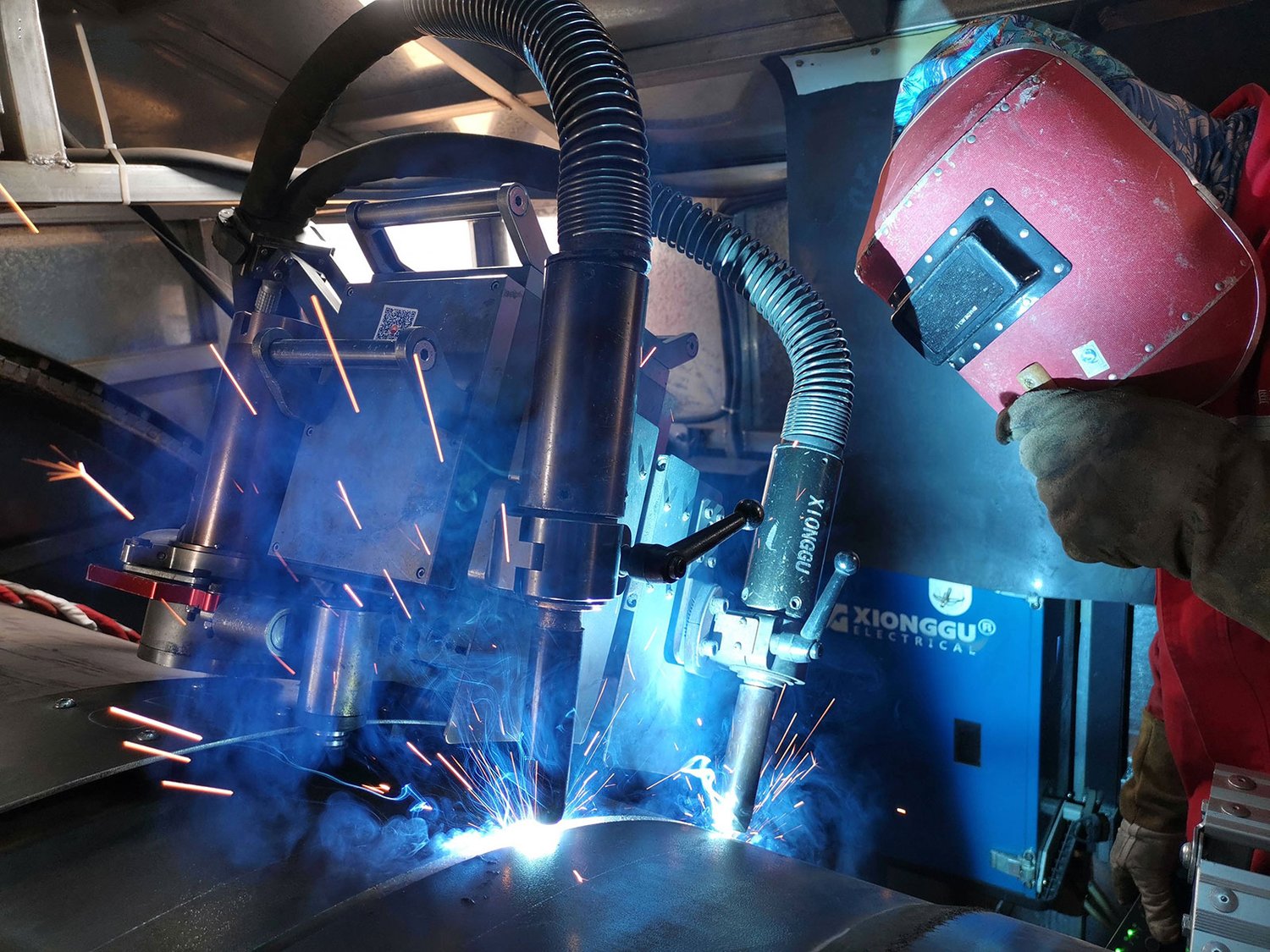The Basics of Welding Machining: A Comprehensive Guide
Welding machining is a crucial process that plays a significant role in various industries, including manufacturing, construction, and automotive. It involves the joining of two or more metal parts by melting and fusing them together. This article will provide an in-depth understanding of welding machining, its different techniques, applications, and the importance of skilled professionals in this field.
1. Understanding Welding Machining
Welding machining is the process of fabricating or repairing metal structures by joining them together. It is a complex and precise technique that requires expertise and specialized equipment. The goal of welding machining is to create a strong, durable, and reliable bond between the metal parts.
2. Different Techniques of Welding Machining
There are various techniques used in welding machining, each suitable for different applications and materials. Some of the commonly used welding techniques include:
2.1. Arc Welding
Arc welding is one of the most widely used welding techniques. It uses an electric arc to create a high temperature, which melts the metal parts and forms a weld. This technique is highly versatile and can be used for both small-scale and large-scale welding projects.
2.2. MIG Welding
MIG (Metal Inert Gas) welding is a popular welding technique that uses a continuous wire electrode and a shielding gas to create a weld. It is known for its speed, efficiency, and ease of use. MIG welding is commonly used in automotive and manufacturing industries.
2.3. TIG Welding
TIG (Tungsten Inert Gas) welding is a precise welding technique that uses a tungsten electrode and a shielding gas to create a weld. It provides excellent control over the welding process and produces high-quality welds. TIG welding is commonly used for thin and delicate materials.
2.4. Spot Welding
Spot welding is a resistance welding technique that is often used for joining thin metal sheets. It involves applying pressure and passing an electric current through the metal parts to create a weld. Spot welding is commonly used in the automotive industry for joining body panels.
2.5. Laser Welding
Laser welding is a precise and high-powered welding technique that uses a laser beam to melt and fuse the metal parts together. It offers excellent control, speed, and accuracy and is commonly used in industries where precision is vital, such as aerospace and electronics.
3. Applications of Welding Machining
Welding machining is a versatile process that finds applications in a wide range of industries. Some of the common applications of welding machining include:
3.1. Construction
Welding machining is widely used in the construction industry for joining structural components, such as beams, columns, and trusses. It ensures the stability and integrity of the structures and plays a crucial role in the construction of buildings, bridges, and other infrastructure projects.
3.2. Automotive
In the automotive industry, welding machining is used for various applications, including the assembly of car bodies, fabrication of exhaust systems, and repair of damaged parts. It ensures the structural integrity and safety of vehicles and contributes to their overall performance.
3.3. Manufacturing
Manufacturing industries rely heavily on welding machining for the production of various products, such as machinery, equipment, and appliances. It enables the efficient and cost-effective assembly of metal components, resulting in high-quality and durable products.
3.4. Shipbuilding
Shipbuilding requires welding machining for joining large metal plates and sections to construct ships and other maritime vessels. The welds must be strong and durable to withstand the harsh conditions of the sea, ensuring the safety and reliability of the vessels.
3.5. Oil and Gas
In the oil and gas industry, welding machining is essential for the fabrication and repair of pipelines, storage tanks, and other infrastructure. The welds must withstand extreme temperatures, pressures, and corrosive environments, ensuring the integrity and safety of the facilities.
4. The Importance of Skilled Professionals in Welding Machining
Skilled professionals play a crucial role in welding machining. Their expertise and experience ensure the quality, safety, and efficiency of the welding process. Here are a few reasons why skilled professionals are important in welding machining:
4.1. Quality Assurance
Skilled welders have the knowledge and training to perform high-quality welds. They understand the proper techniques, parameters, and safety precautions required for different welding processes. Their expertise ensures that the welds meet the required standards and specifications.
4.2. Safety
Welding machining involves working with high temperatures, potentially hazardous materials, and powerful equipment. Skilled professionals are trained to prioritize safety and follow strict safety protocols to prevent accidents and injuries. Their expertise minimizes the risk of accidents and ensures a safe working environment.
4.3. Efficiency
Skilled welders are efficient in their work, maximizing productivity and minimizing downtime. They have a deep understanding of the welding process and can complete projects within the allocated timeframes. Their efficiency reduces costs and improves overall project timelines.
4.4. Problem Solving
Welding machining may present challenges and unexpected issues during the process. Skilled professionals have the problem-solving skills to identify and address these issues effectively. They can make adjustments, troubleshoot problems, and ensure the successful completion of the welding project.
4.5. Continuous Improvement
Skilled professionals in welding machining are committed to continuous learning and improvement. They stay updated with the latest advancements in welding technologies, techniques, and equipment. This allows them to provide the best solutions and deliver exceptional results to their clients.

